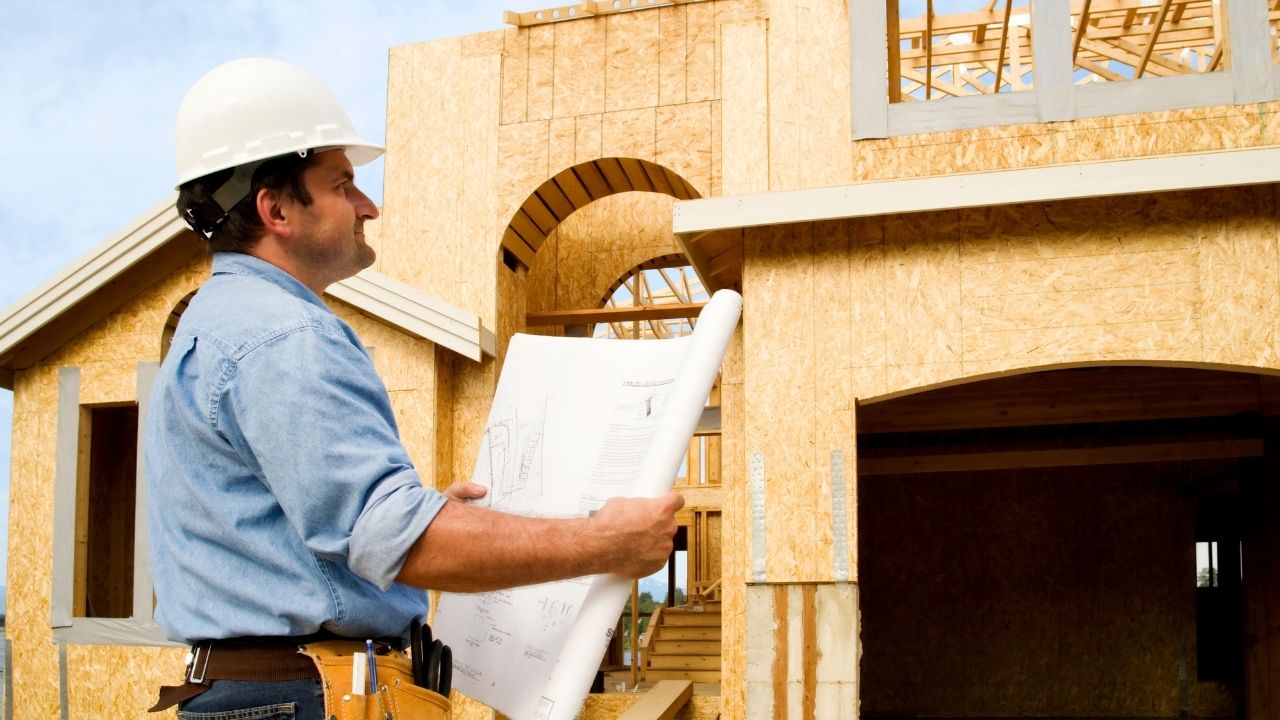
There are many methods to collect water that is leaking from your gutters. One of the easiest and most convenient is to attach a nozzle to a jet-spray garden hose. The clog may be crumbling if there is still water in the gutter. Spray the gutter from the bottom and let the water flow out. Alternatively, you can purchase a pump and manually clean the clog. You can also contact your local plumber if you are unsure of the best way to clean your gutters.
Clean your gutters every other day, even if you've accumulated some debris. To flush out your gutters, use a hose. You won't have to worry about any smelly hands. To reach the highest areas of your gutter, you can use a hose and a gutter-cleaning attachment. This tool will give enough force for you to get rid all twigs, leaves, small animals, and so on. This handy tool will make it easy to clean your gutters, without the need of a ladder.

A downspout can be installed on your side of the house as a DIY project. A downspout is a tube that connects the bottom of the gutter and the downspout. This piece is secured with screws or glue, and it empties water away from your home's foundation. The drainage system's connecting piece is critical and must be installed correctly.
A downspout can be added to your gutter system to help drain the water from your home. The downspout connects to the gutter channel through a hole at the bottom. It runs vertically along your house. Its end rises several inches from the ground, allowing water flow away. There are many different types of downspouts. A general rule is to have one per 20 feet. This number will vary depending on where you live, how your gutter system is constructed, and the weather conditions.
Stainless steel gutters can withstand more severe weather than aluminum gutters. They are often the best choice for homeowners in mild climates, as they do not corrode and are able to handle heavy hailstorms. Stainless steel gutters are costly and only come in a limited number of colors. Stainless steel gutters can expand and contract with temperature. It is important to follow the manufacturer's instructions for installing a downspout.

To prevent expensive problems, you must clean your gutters frequently. The most common cause for a back-up in your downspout is a clogged downspout. It should be cleaned as soon as possible to eliminate any blockages. This will keep your gutters clean and prevent costly repairs. In addition to preventing water damage, a clean downspout will also keep insects out of your roof and will help keep your home free from unwanted pests.
FAQ
How do I start a renovation of a house?
You must first clear out the clutter outside and inside your home. Next, you need to remove any moldy areas, replace damaged walls, repair leaky pipes, and repaint the entire interior. Final steps include cleaning up exterior surfaces and applying new paint.
How important is it that you are preapproved for a loan?
Getting pre-approved for a mortgage is very important because it gives you an idea of how much money you need to borrow. It helps you to determine if your loan application is eligible.
How Much Does it Cost to Renovate a House?
The cost of renovations depends on what material is used, the size of project and how complicated the job is. Some materials, like wood, need special tools like saws and drilling while others, like steel require no additional tools. The price of renovations will depend on whether you need your contractor to do everything or if the work is done by you.
Home improvement projects cost on average $1,000 to $10,000. The cost to hire professionals would be anywhere from $5,000 to $25,000. You could also spend as much as $100,000 if you do it all yourself.
You should know that there are many factors which determine the final cost of renovation. The cost of renovation depends on the material used (e.g. brick vs concrete), the size of the project, the number of workers involved, the length of the project, etc. These are all important factors to consider when estimating renovation costs.
Statistics
- They'll usually lend up to 90% of your home's "as-completed" value, but no more than $424,100 in most locales or $636,150 in high-cost areas. (kiplinger.com)
- On jumbo loans of more than $636,150, you'll be able to borrow up to 80% of the home's completed value. (kiplinger.com)
- Design-builders may ask for a down payment of up to 25% or 33% of the job cost, says the NARI. (kiplinger.com)
- It is advisable, however, to have a contingency of 10–20 per cent to allow for the unexpected expenses that can arise when renovating older homes. (realhomes.com)
- ‘The potential added value of a loft conversion, which could create an extra bedroom and ensuite, could be as much as 20 per cent and 15 per cent for a garage conversion.' (realhomes.com)
External Links
How To
How to Renovate an An Old House
Before you start, it is essential that you decide which type of renovation project to undertake. This could include everything from simply updating your kitchen appliances to completely transforming the whole house into something new.
Once you've decided on the type of renovation that you want to do, it is time to consider how much money your budget allows you to spend. You might discover that you don't have enough funds for the entire project. This could mean that you have to make tough decisions about which parts of your house you can afford and which you cannot.
There are many things to remember before you begin work if you have decided to do renovations. You must ensure you have all the permits needed for the job. You might also need to check whether you need planning permission for certain types or work. For example, if you plan to add extensions to your home, you might need to apply for building consent.
Before you begin to renovate your house, make sure to check with the local authority to confirm that they do not require additional permits. You should also check whether you require planning permission for any part of the house you plan to renovate. Finally, if you're carrying out any major works such as installing a new roof, you might need to contact your insurance provider to make sure that you have adequate cover in place.
The next step after getting all the permits you need is to choose the right tools and materials for the job. There are many options, so take the time to thoroughly research them. Most people use wallpaper paste, paint, flooring, tiles and carpets for their renovation projects.
Make sure you look at the product's quality before purchasing these items. Low quality products are more likely to be thrown away after a while, while high-quality products last for a longer time and offer better value. It is important to buy the right amount of anything when buying. You shouldn't just buy too much because you might end up wasting valuable resources and having to throw away large amounts of material. Instead, purchase only what you need.
Finally, once you've chosen the right materials for the job, you need to figure out where you'll store them while you're working on the property. If you're remodeling a large portion of the house, you may need to rent storage space to store your materials until you're ready for them to be returned inside. Another option is to ask friends and family to help you move the items.